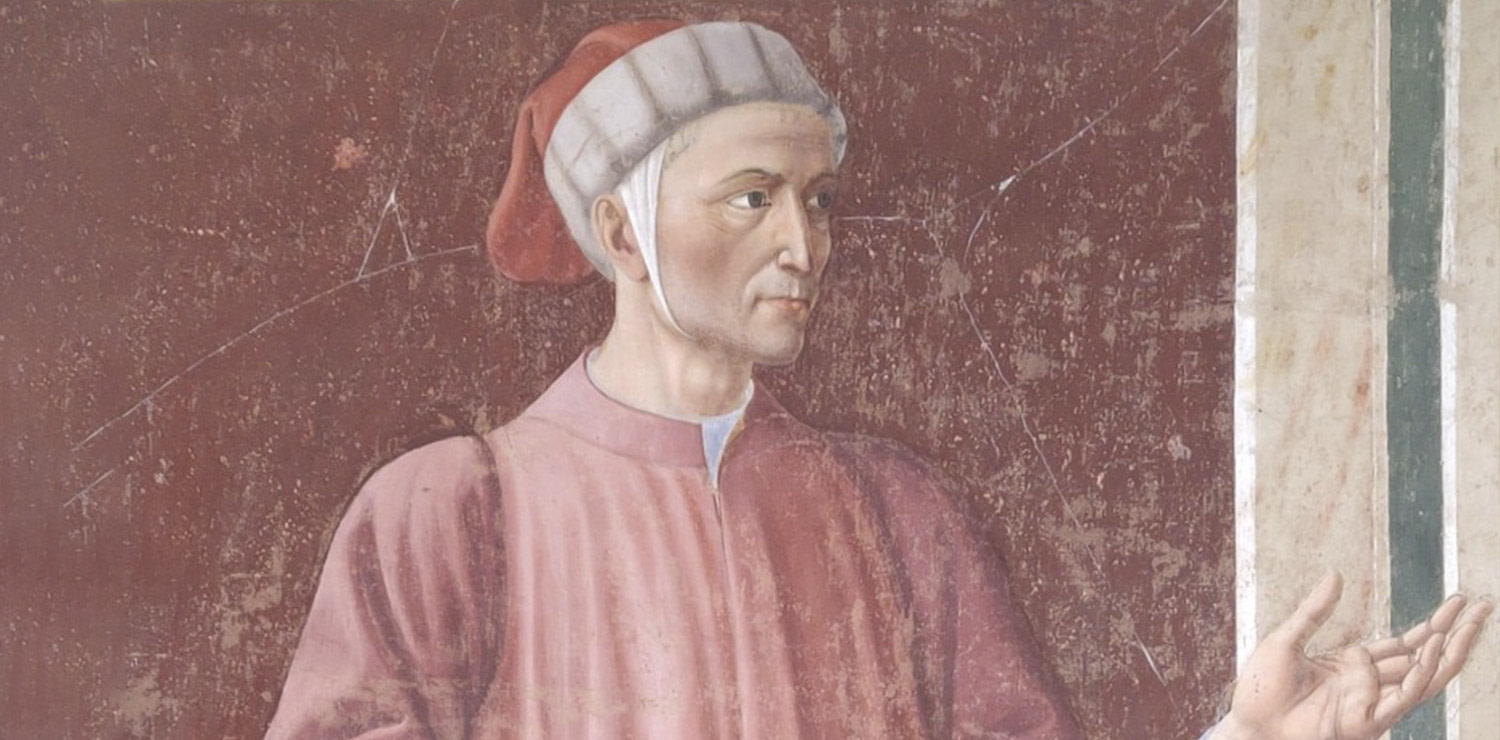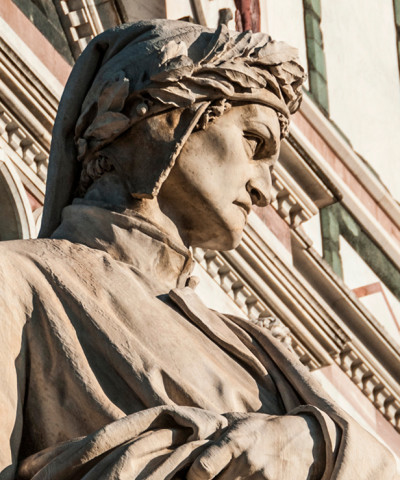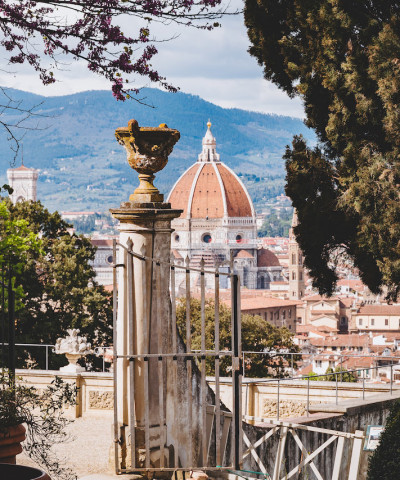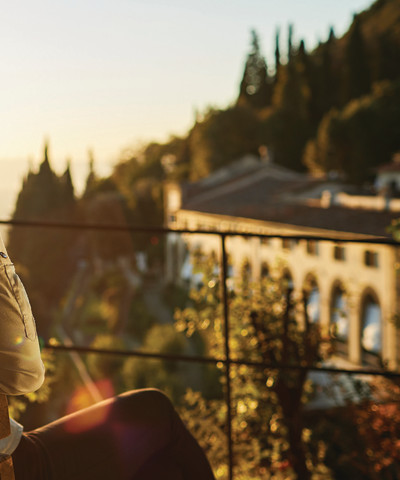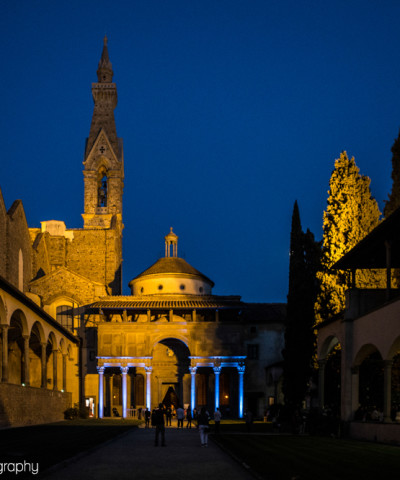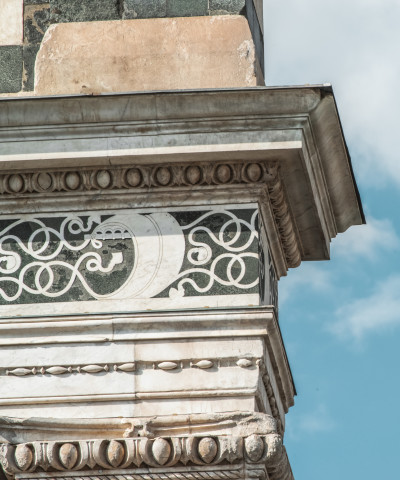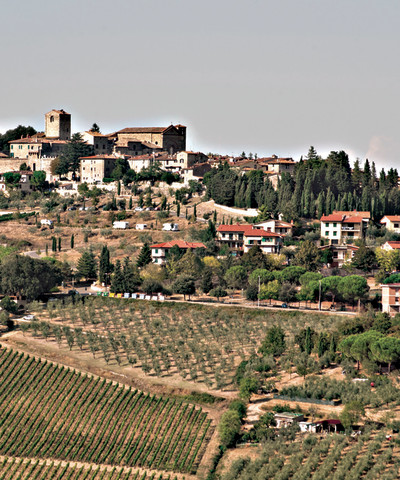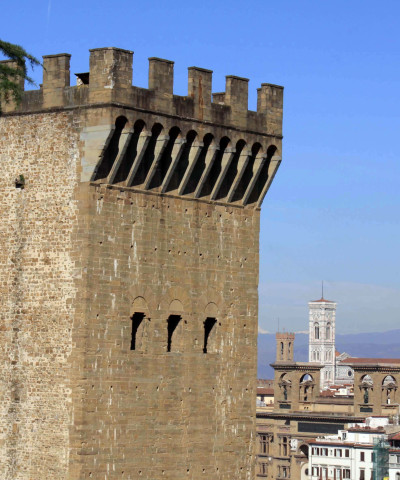Discovering Dante in Florence
The most beautiful representations of the Poet in the city
The starting point for this itinerary that celebrates Dante 700 years after his death is the portrait of Dante by the Tuscan Renaissance painter Andrea del Castagno, kept by the Uffizi Gallery, which has regained its natural youth thanks to the restoration of the Opificio delle Pietre Dure of Florence presented today at the Uffizi Galleries.
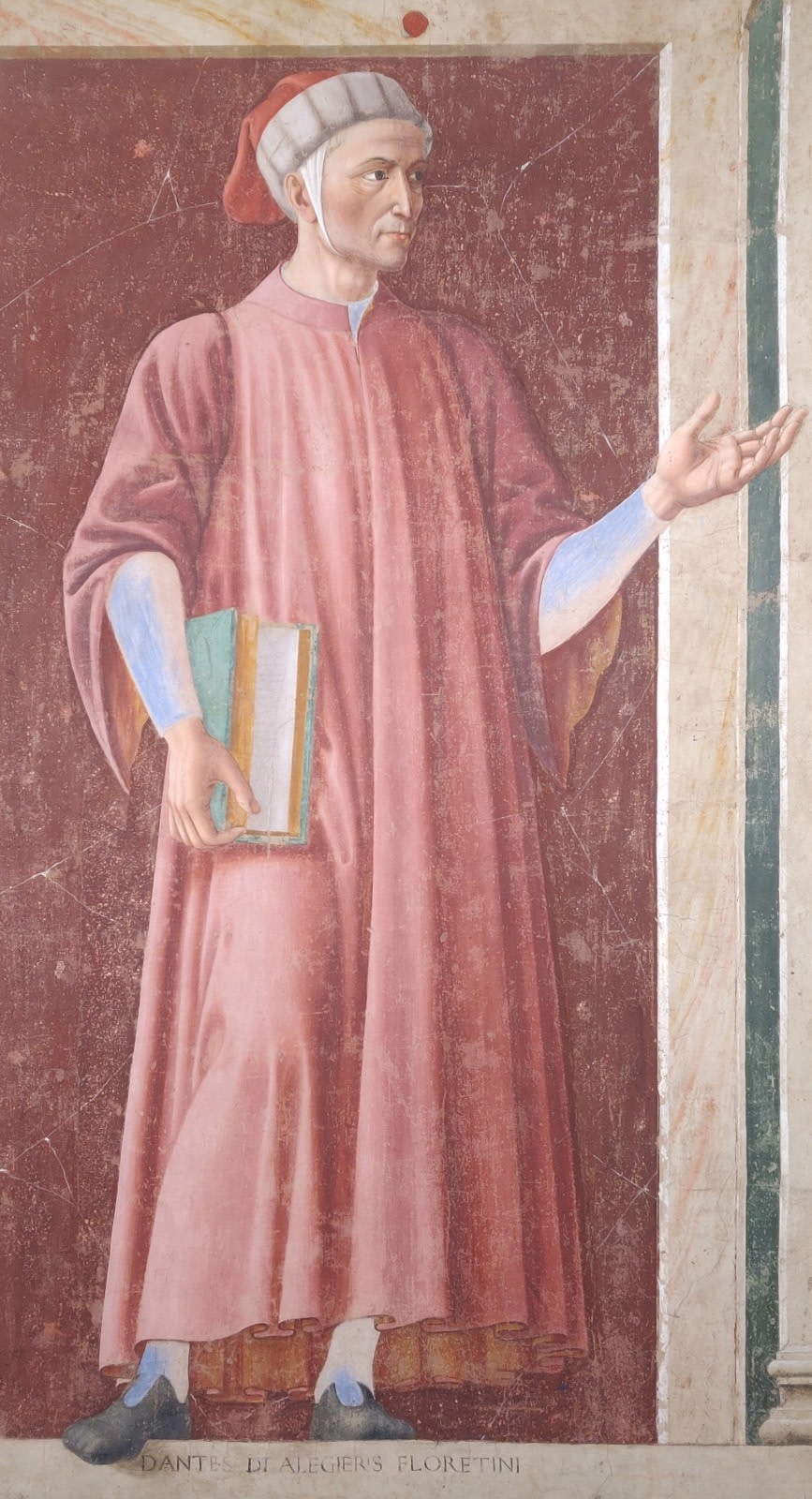 Affresco Dante - Andrea del Castagno
Affresco Dante - Andrea del Castagno The fresco - one of the most famous faces of Alighieri in the history of art - originally presented a serene and calm image of the poet, different from how it appeared before. The progressive deposit of sediment on the pictorial surface and the subsequent interventions and retouches had in fact darkened and weighed down the chromaticism of the work, giving it an appearance of an "oil painting". The blurring of the colors had also had the effect of aging Dante's face, which was much darker and frowning than its original appearance.
The restoration has restored the typical lightness of mural painting, rediscovering Dante's face bright and animated by an almost youthful freshness, hitherto unseen.
The Divine Comedy illuminates Florence, also known as The Divine Comedy of Dante Alighieri, is a fresco that is located in the Cathedral of Florence Work of Domenico di Michelino based on a drawing by Alessio Baldovinetti saw the light in 1465. In the painting Dante appears with a copy of his Commedia, among the three otherworldly worlds described in it and a view of Florence.
 Florence Cathedral of Santa Maria del Fiore. The Divine Comedy by Dante, Domenico di Michelino (1465), ph Massimo Sestini
Florence Cathedral of Santa Maria del Fiore. The Divine Comedy by Dante, Domenico di Michelino (1465), ph Massimo SestiniCompeting for the title of the oldest representation of Dante are two Florentine portraits.
The first one is at the Bargello, inside the decoration of the Magdalene Chapel, realized by Giotto and his school between 1321 and 1337 approximately, which can be admired on the second floor of the Bargello Palace. This pictorial cycle depicts the Stories of Mary Magdalene, St. John the Baptist, Hell and Paradise and, indeed, the portrait of Dante. After the draining of the walls in 1570 and, over the centuries, a series of changes to the spaces of the Chapel, the wall paintings were rediscovered in 1840, becoming immediately famous and the subject of several studies and restoration campaigns.
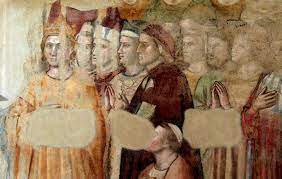 Dante - Ritratto al bargello
Dante - Ritratto al bargello The second one is instead located in the Palace of the art of Judges and Notaries. It is part of a precious cycle of frescoes where it is depicted, besides Dante, also the oldest portrait ever made of Giovanni Boccaccio. Dante's portrait, in particular, has aroused great interest because it would demonstrate, together with the portrait of a few years earlier in the Bargello chapel, that the features of the poet are far from the traditional iconography with the pronouncedly pointed nose and frowning forehead. Dante must have had a long nose, but not as aquiline as we are used to imagining. As far as the author and the dating are concerned, the documents on the palace report that Jacopo di Cione, brother of Orcagna, was commissioned in 1366 to fresco the vaults and the walls of what was the main hall of the Art. In the lunette of the poets, in addition to Dante and Boccaccio, you can see the legs (the busts and faces have been lost) of two other figures identified with Francesco Petrarca and Zanobi da Strada.
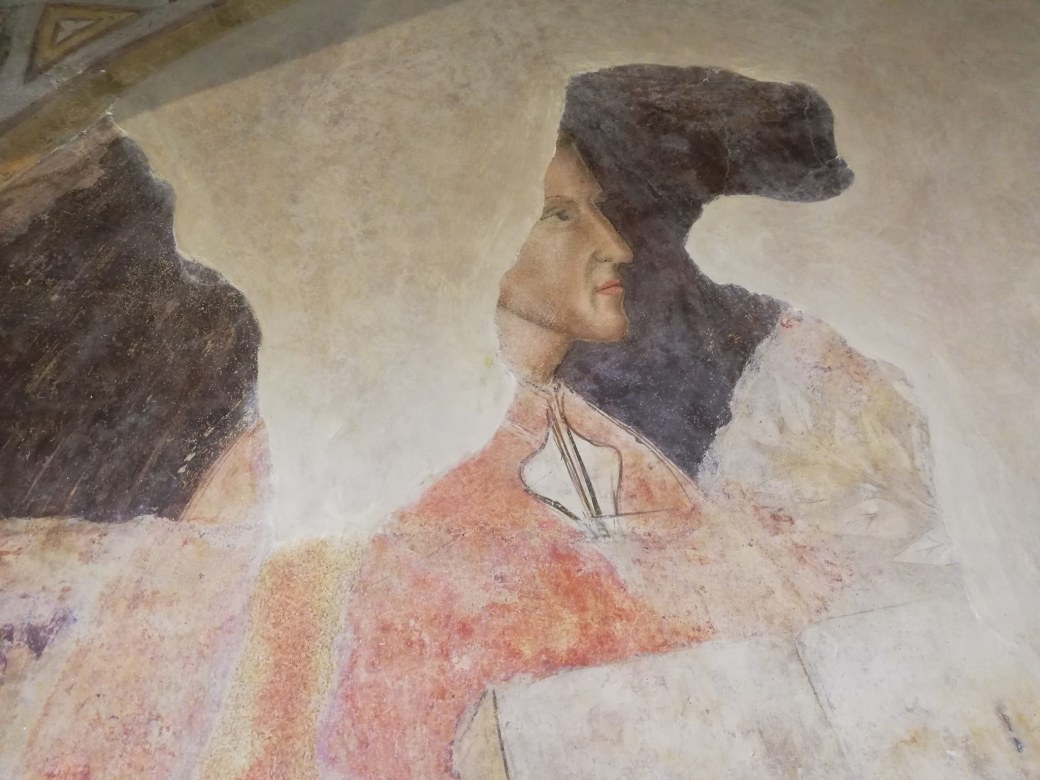 Ritratto Dante - Palazzo dell'Arte dei Guidici e Notai
Ritratto Dante - Palazzo dell'Arte dei Guidici e Notai We cannot fail to mention the Mask of Dante Alighieri also known as Kirkup Mask, dating back to the 16th-17th century, visible to the public and included in the museum itinerary of Palazzo Vecchio in Florence. In the past, the work was believed to be a funeral mask, taken from a cast imprinted on the face of the Great Poet. In reality it would derive from the cast of a sculptural portrait that has been lost.
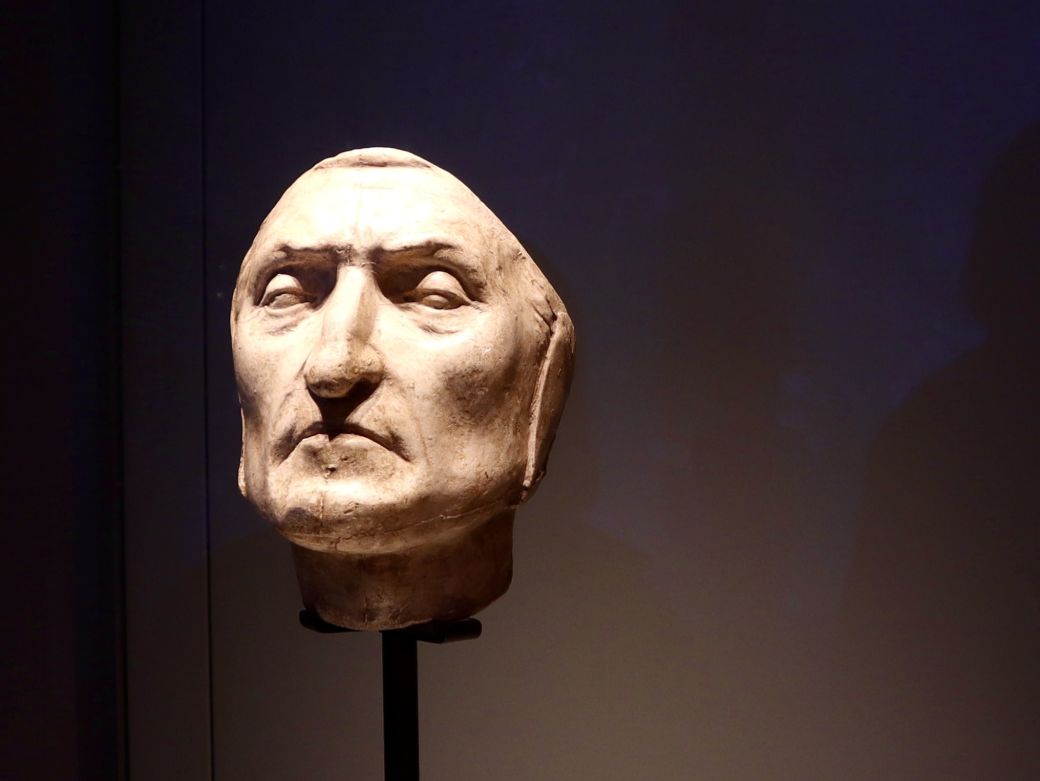 Maschera di Dante
Maschera di DanteWe close with the statues of the Poet in the city.
To the left of the facade of the Basilica of Santa Croce, the statue in white Carrara marble was made by the sculptor Enrico Pazzi in 1865, 600 years after Dante's birth (1265-1321). In 2011, on the occasion of the 150th Anniversary of the Unification of Italy, the work was restored.
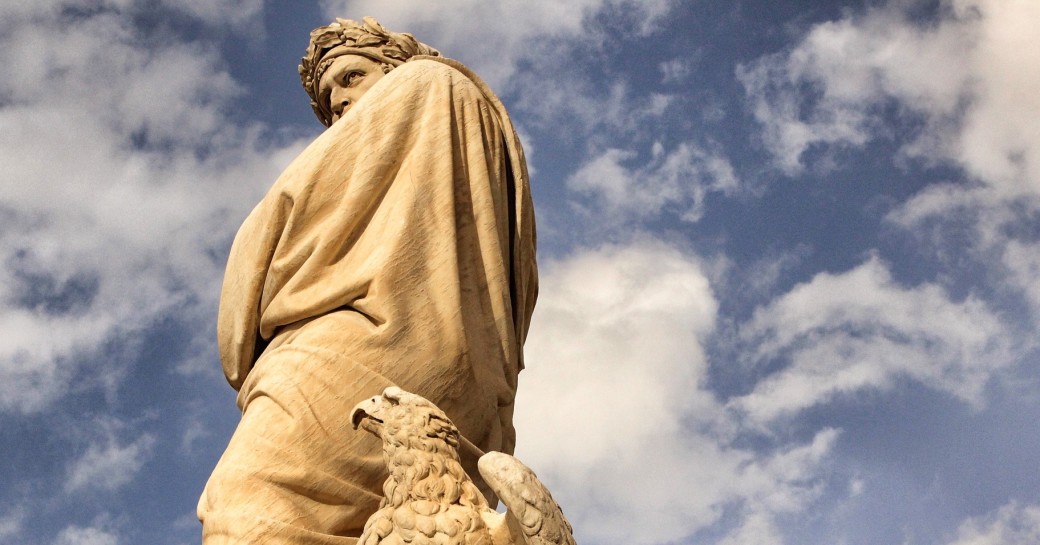 Dante Alighieri in Piazza Santa Croce
Dante Alighieri in Piazza Santa Croce The construction of Dante's cenotaph in the basilica of Santa Croce in Florence was carried out with a sort of ante litteram fund-raising. Inaugurated in 1830 and created by the sculptor Stefano Ricci, the work began in 1818 when a manifesto for the construction of the monument appeared in the Gazzetta di Firenze, signed by, among others, Gino Capponi and Vittorio Fossombroni. The recent restoration will be presented on the occasion of the next Dante Day, 25 March.
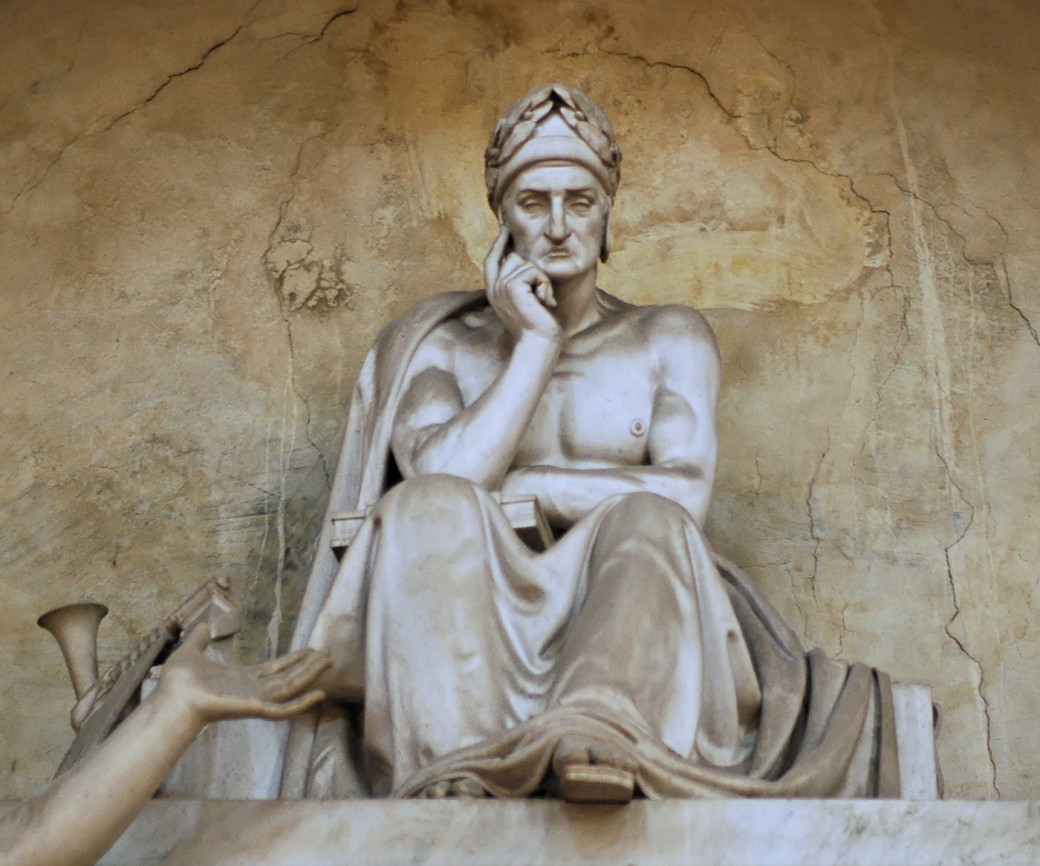 Cenotafio Dante
Cenotafio Dante
Finally, the Statue of Dante is also part of the gallery of illustrious men in the Uffizi Courtyard.






